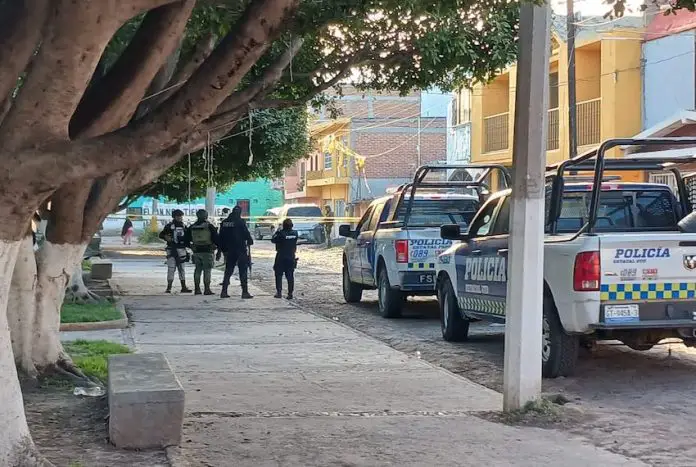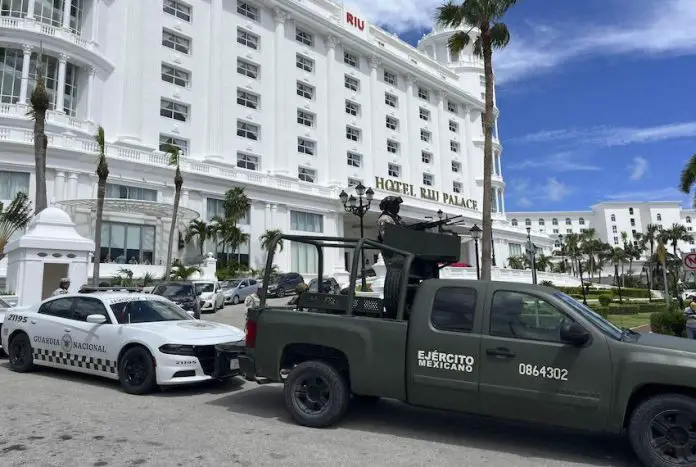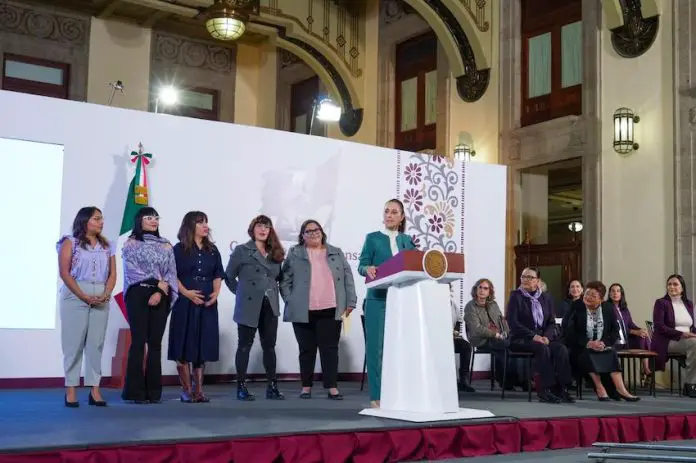The Mexican peso appreciated more than 2% against the U.S. dollar this week, making gains both before and after Claudia Sheinbaum was sworn in as president.
The peso was trading at 19.28 to the greenback shortly after 4 p.m. Friday, an appreciation of 2.1% compared to its position at the close of markets a week ago.
El peso se aprecia después de la publicación de los datos de empleo de EEUU 🇺🇸 pic.twitter.com/UYcEevM0lA
— Gabriela Siller Pagaza (@GabySillerP) October 4, 2024
Banco Base’s Economic Analysis Director Gabriela Siller said one factor in the peso’s appreciation on Friday was the release of a positive U.S. employment report.
Earlier on Friday, the peso reached 19.14 to the dollar before weakening slightly, according to currency website xe.com.
Gabriela Siller, director of economic analysis at Banco Base, noted on X on Friday morning that the peso appreciated every day this week. At the time of her post, the cumulative gain was 2.72%, she said.
In a separate post, Siller noted that the peso’s appreciation on Friday came after the publication of employment data in the United States. The better-than-expected data showed that nonfarm payrolls increased by 254,000 jobs last month, the most since March, according to Reuters.
The U.S. economy “added a whopping 254,000 jobs last month,” CNN said in a headline. The U.S. unemployment rate fell to 4.1% from 4.2%.
Mexico benefits from a strong U.S. economy as the United States is the primary destination for its exports. A strong U.S. economy also supports the transfer of remittances to Mexico, which totaled more than US $6 billion in August.
The United States jobs data reduces the likelihood that the U.S. Federal Reserve will make another large interest rate cut this year. The Fed slashed its federal funds rate by 50 basis points last month, lowering it to a range of 4.75%–5%.

The Mexican peso benefited for an extended period from the large difference between the Bank of Mexico’s key interest rate — currently 10.50% — and that of the Fed.
However, after reaching an almost nine-year high of 16.30 to the dollar in April, the currency depreciated significantly after Mexico’s June 2 elections.
A major factor in the peso’s decline was concern over the federal government’s judicial reform, which was approved by Congress, and promulgated by former president Andrés Manuel López Obrador in September.
The appreciation of the peso this week coincided with the end of former president Andrés Manuel López Obrador’s six-year term and the commencement of Sheinbaum’s presidency.
The 62-year-old former Mexico City mayor was sworn in as Mexico’s first female president on Tuesday. The peso reacted positively to her inauguration, appreciating more than 1% compared to its weakest position earlier in the day.
The El Economista newspaper reported that the peso performed better on Sheinbaum’s first day as president than it did on the days former presidents López Obrador, Enrique Peña Nieto (2012–2018) and Felipe Calderón (2006–2012) were sworn in.
In her first speech as president, Sheinbaum once again sought to reassure investors that they have nothing to worry about.
She conveyed the same message during the four months between her convincing election victory on June 2 and her inauguration this week.
Later this month, the new president will meet with representatives of 45 large companies at the U.S.-Mexico CEO Dialogue, an annual meeting.
Economy Minister Marcelo Ebrard said last month that Sheinbaum will explain to the executives “how the judicial reform will work.”
Ebrard, who served as foreign affairs minister during the majority of López Obrador’s six-year term, also said that the new federal government will be respectful of foreign investment in Mexico.
With reports from El Economista


























